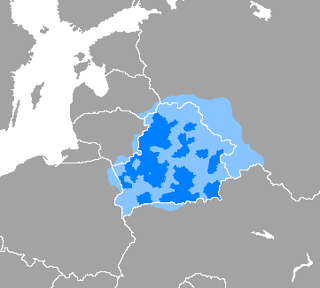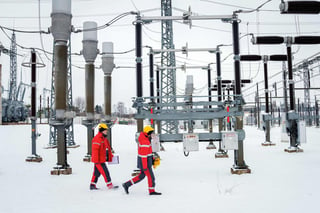Belarusian (беларуская мова, bielaruskaja mova, IPA: [bʲɛlaˈruskaja ˈmɔva]) is an East Slavic language. It is the native language of many Belarusians and one of the two official state languages in Belarus, alongside Russian. Additionally, it is spoken in some parts of Russia, Lithuania, Latvia, Poland, and Ukraine by Belarusian minorities in those countries. Before Belarus gained independence in 1991, the language was known in English as Byelorussian or Belorussian, or alternatively as White Russian. Following independence, it became known as Belarusian, or alternatively as Belarusan. As one of the East Slavic languages, Belarusian shares many grammatical and lexical features with other members of the group. To some extent, Russian, Rusyn, Ukrainian, and Belarusian retain a degree of mutual intelligibility. Its predecessor stage is known in Western academia as Ruthenian (14th to 17th centuries), in turn descended from what is referred to in modern linguistics as Old East Slavic (10th to 13th centuries). In the first Belarus Census of 1999, the Belarusian language was declared as a "language spoken at home" by about 3,686,000 Belarusian citizens (36.7% of the population). About 6,984,000 (85.6%) of Belarusians declared it their "mother tongue". Other sources, such as Ethnologue, put the figure at approximately 3.5 million active speakers in Belarus. According to a study done by the Belarusian government in 2009, 72% of Belarusians speak Russian at home, while Belarusian is actively used by only 11.9% of Belarusians (others speak a mixture of Russian and Belarusian, known as Trasianka). Approximately 29.4% of Belarusians can write, speak, and read Belarusian, while 52.5% can only read and speak it. In the UNESCO Atlas of the World's Languages in Danger, the Belarusian language is stated to be vulnerable. From Wikipedia






